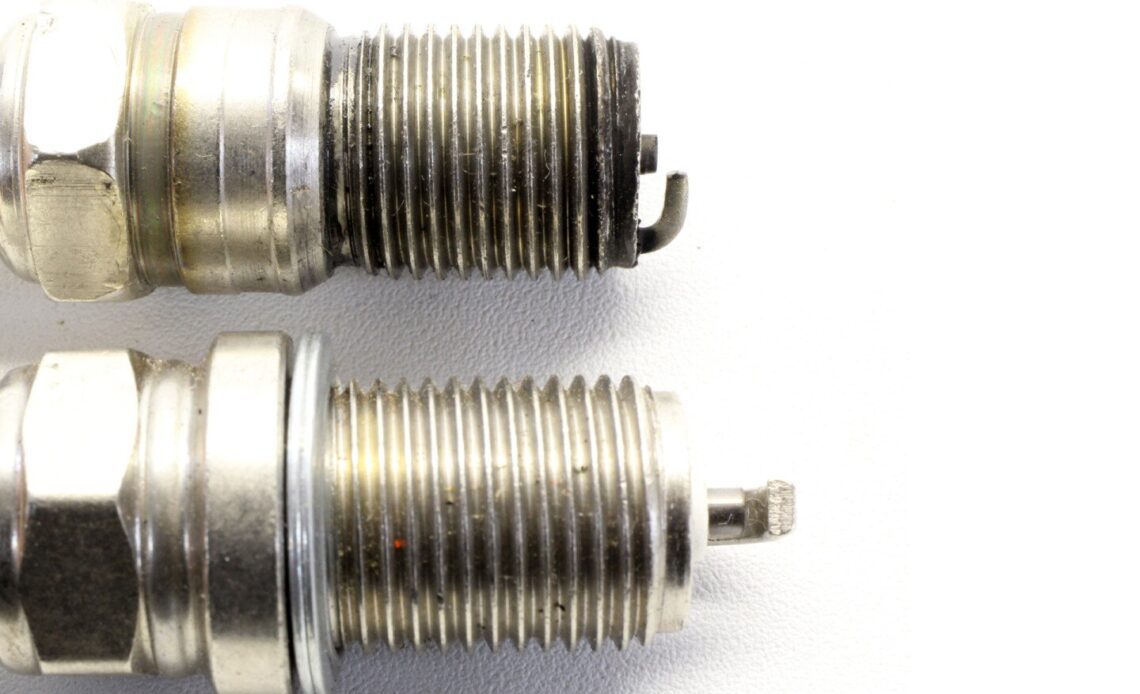A spark plug is one of those internal combustion engine components often surrounded by sometimes confusing nomenclature tied in with plenty of hearsay and lack of understanding. Brisk USA is a name that some may not have heard before, but the company has been around for many years, building a wide variety of performance spark plugs. The focus of this story will be to break down many of the confusing terms into some simple facts that can lead you to make the right decision for your specific engine application.
Every spark plug manufacturer has its own set of numbers and letters which identify its product features and usage. This can seem complex until you understand how these letters and numbers are used. The best place to start may be to take a common application and break down each of the letters and numbers to explain what they mean. This will make it easier to understand how Brisk part numbers describe its line of spark plugs.
Spark Plug Basics
But before we break into that, let’s cover some generic spark plug designs that will help you understand the references. Let’s start with the spark plug main body configuration. The most common hex size for today’s engines is a 5/8-inch or 16mm socket size. The next important spec is the thread pitch, which is normally 14mm diameter with a 1.25mm thread pitch (M14x1.25) for most popular performance engines. The next area deals with the type of sealing surface to the cylinder head. The two most common types are either a tapered seat or one that uses a metal crush gasket called a gasket seat.
Another critical point for the main body of the spark plug is the thread reach. This is defined as the length of the threads measured from the sealing portion of the plug body to the end of the threads. The thread reach numbers can vary wildly based on the specific cylinder head in which the plugs will be used. This spec is critical because if the plug’s reach is too short, the business end of the spark plug — the center electrode and ground strap — will be buried inside the threads and this shrouding of the plug absolutely kills power and efficiency.
Tapered-seat spark plugs (top) are more typically used in OE applications while older engines and aftermarket performance cylinder heads often use a metal crush gasket (bottom) to seal the cylinder pressure.
A plug with excessive thread reach will push the threads too deeply into the combustion chamber, and in extreme cases, could actually impact the piston….
Click Here to Read the Full Original Article at DragzineDragzine…

